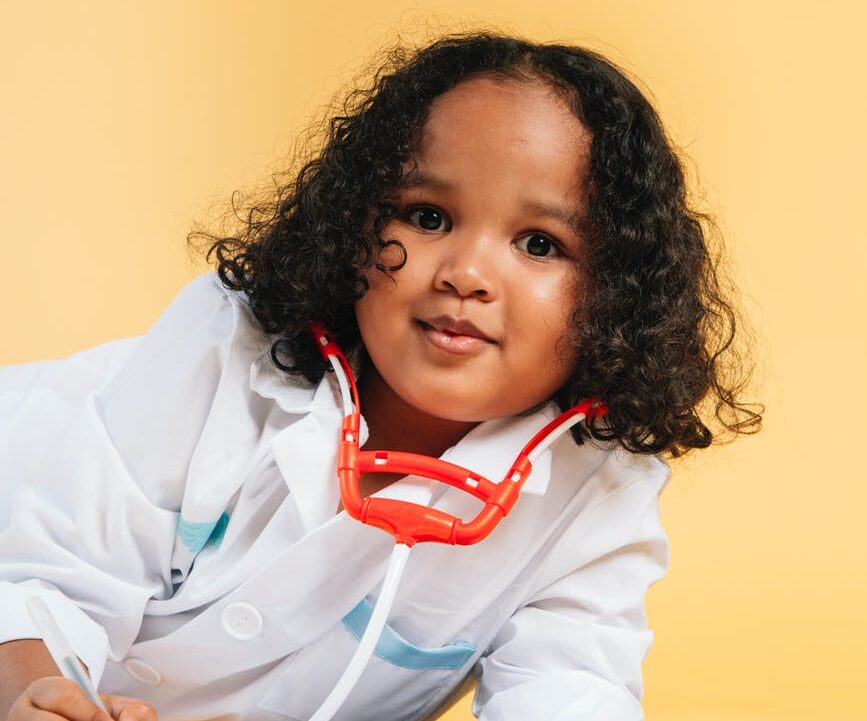Your top priority as a parent is keeping your child safe and free from pain or sickness. So what happens when they develop a condition that puts that at risk? You find the top children’s hospital in Austin to ensure they get the treatment they need to feel healthy again.
If you notice your child has developed a bulge or swelling in their lower belly near their groin area, this points to a condition known as an inguinal hernia.
What is a Pediatric Inguinal Hernia?
A pediatric inguinal hernia is a condition in which swelling of the groin area results from a hole that lets contents in the abdomen move into the groin. Inguinal hernias may allow intestines or other organs to pass through.
These types of hernias are not caused by your child lifting something too heavy or straining. Instead, the defect is present at birth, and the straining leads to internal organs moving through the hole into the groin.
Inguinal hernias do not heal on their own and require surgical intervention.
Inguinal Hernias in Girls vs. Boys
Inguinal hernias can affect both infant girls and infant boys, but it is more common in boys.
While in the womb, your child develops a short tunnel through the abdominal wall. This tunnel should seal off naturally before they’re born; if not, an inguinal hernia can form. The only difference between girls and boys with this condition is where the abdominal cavity connects.
Inguinal Hernias in Infant Girls
With inguinal hernias in infant girls, the short tunnel connects the abdominal cavity to their labia. If the passage does not close, a pouch – an inguinal hernia – can form within the belly lining.
Inguinal Hernias in Infant Boys
With inguinal hernias in infant boys, the short tunnel connects the abdominal cavity to the scrotum. This tunnel is how their testicles – which grow inside the abdomen before birth – move into the scrotum.
How is an Inguinal Hernia Diagnosed?
Infant inguinal hernias are typically spotted during a routine exam by your child’s pediatrician. A bulge near their groin will be apparent, making it easy to diagnose. If additional testing is needed to confirm, an ultrasound may be performed.
Since nearly all cases of this condition are present at birth and are most common among infant boys, your child’s provider should take extra care to spot an inguinal hernia before it becomes an emergency.
What is the Treatment for Inguinal Hernia?
The treatment for your child’s inguinal hernia is pediatric inguinal hernia repair surgery. Rarely do inguinal hernias cause pain unless the intestines have moved through the open passageway and gotten stuck. If this happens, your child’s bulge will appear firm and red. This will require that your infant undergo an emergency hernia repair surgery.
Why Does Your Child Need Surgical Intervention for an Inguinal Hernia?
Inguinal hernias do not heal on their own. Treatment is necessary because incarceration or strangulation of the hernia is possible and can be extremely painful and dangerous.
“These types of hernias are not typically caused by your child lifting something too heavy or straining. Rather, the defect is present at birth, and the straining leads to internal organs moving through the hole into the groin.”
What is the Inguinal Hernia Procedure?
The surgery to fix an inguinal hernia is a straightforward outpatient procedure that takes less than an hour:
- Your child’s pediatrician makes a tiny incision in the groin
- Any intestines that have shifted down are moved back into the abdomen, and the hernia sac is closed off.
- A camera may be inserted to see if a hernia is present on the other side.
- The hole is closed with dissolvable sutures, and the wound is covered with Steri-Strips or DERMABOND.
Recovery from infant hernia surgery is quick. Your child can leave the hospital a few hours after the procedure and resume normal activities usually within 2 weeks.
Why Choose Austin Pediatric Surgery for Your Child’s Inguinal Hernia Repair
At Austin Pediatric Surgery, we are highly experienced in the classic open repair as well as laparoscopic inguinal hernia repair and perform scheduled and emergency surgeries.
At our pediatric surgery center, we perform this procedure using a minimal incision and without using mesh or screens whenever possible. During the procedure, a tiny camera may be used to check for any secondary hernias. When the procedure is finished, dissolvable sutures are placed.
Infant Hernia Surgery: Don’t Wait
Because surgery is necessary for your child’s inguinal hernia, you want to choose a pediatric surgeon in Austin you can trust. Call and speak with a member of our team today for more information.





